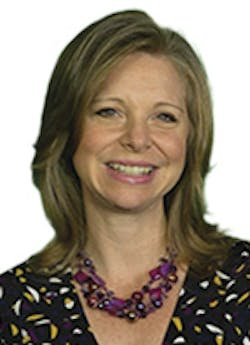Angela Godwin, Chief Editor
Welcome to a new year and the latest edition of Industrial WaterWorld. Our feature article takes a look at industrial water reuse and how it’s being shaped by global water scarcity and evolving data analytics. As author Jeff Gunderson notes on page 14, the paradigm of industrial wastewater management is changing as what was once viewed as a burden is being recognized as a potential resource. The reuse of wastewater is generating economic benefit and helping companies improve their standings as good water stewards.
Continuing the water reuse theme, the article on page 18 explores how to maximize recovery, or in other words, produce as much usable water from the source as possible. Authors Lior Eshed and Alex Drak outline some of the major reverse osmosis recovery challenges, such as water chemistry, and discuss a brine desalter technology that can address them.
As John Dyson notes on page 20, primary filtration and primary effluent cloth media filtration are emerging technologies in wastewater treatment that aim to reduce the organic loading to the secondary treatment process, which saves energy and can increase capacity. He describes a cloth media filtration system with three zones of settling that enable it to filter high-solids waste streams including fats, oils and grease (FOG), as well as heavier settled solids that may be present in other industrial waste streams.
Sometimes a simple change can uncover significant cost and time savings. In the story on page 22, Robert LeConche explains how for one beverage producer a simple change in filter housings increased filtration performance, reduced maintenance costs, and opened up valuable floor space.
Don’t miss the Market Insight column on page 13, a new addition to Industrial WaterWorld in 2018. Here, CEO of Bluefield Research Reese Tisdale offers his take on the market developments making an impact on the industrial water segment. This month, he discusses the upward trend in energy markets and how it’s translating into opportunities for water management solutions.
We hope you enjoy this edition of Industrial WaterWorld!
About the Author
Angela Godwin
Editorial Director
Angela Godwin is the editorial director for Endeavor Business Media's Process/Water Group. With over 25 years of editorial experience, she currently oversees editorial direction for several leading brands, including WaterWorld, Water Technology, Stormwater, Processing, and P.I. Process Instrumentation magazines. She also created the popular water industry interview series The Drop. She is a graduate of the University of Massachusetts-Amherst.

